Haggis
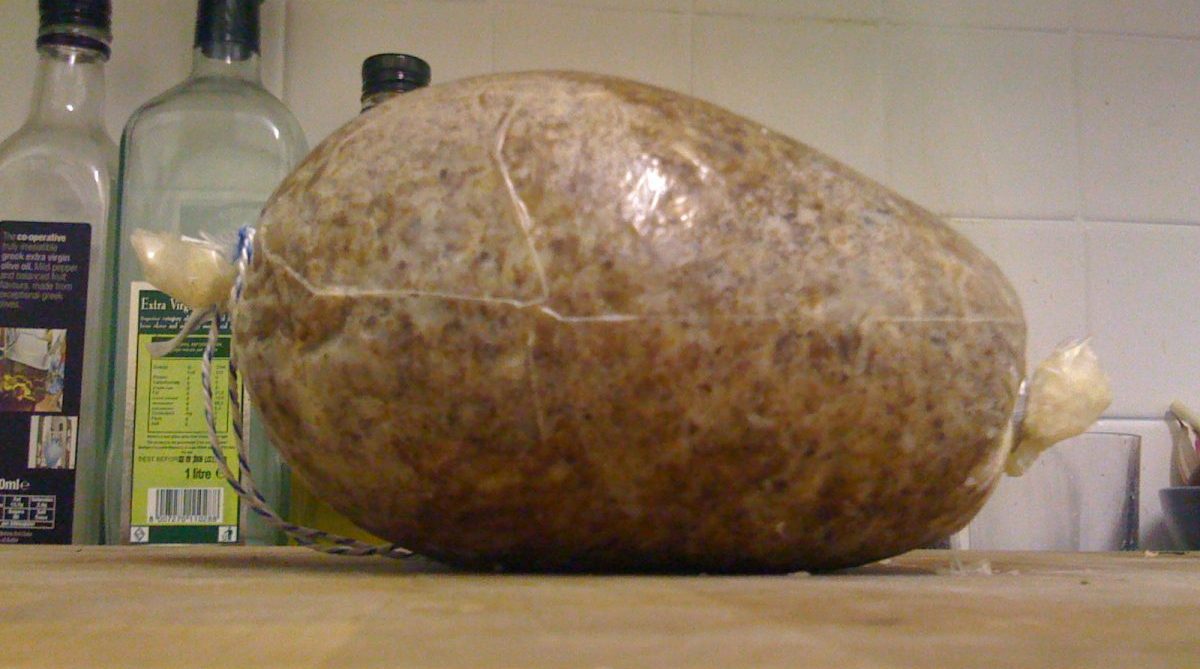
Haggis, a Scottish food made of sheep’s heart, lungs and liver mixed with onion and oatmeal, is one of the world’s most unusual dishes. Although it has been banned from import into the United States since 1971 due to its inclusion of lung tissue (which can contain a parasite) it is still widely enjoyed in Scotland. If you’ve never tried haggis, think of it as a crumbly sausage with a coarse, grainy texture and a warm, peppery flavour. It’s most commonly served with mashed turnip and mashed potatoes and washed down with whisky.
Tripe
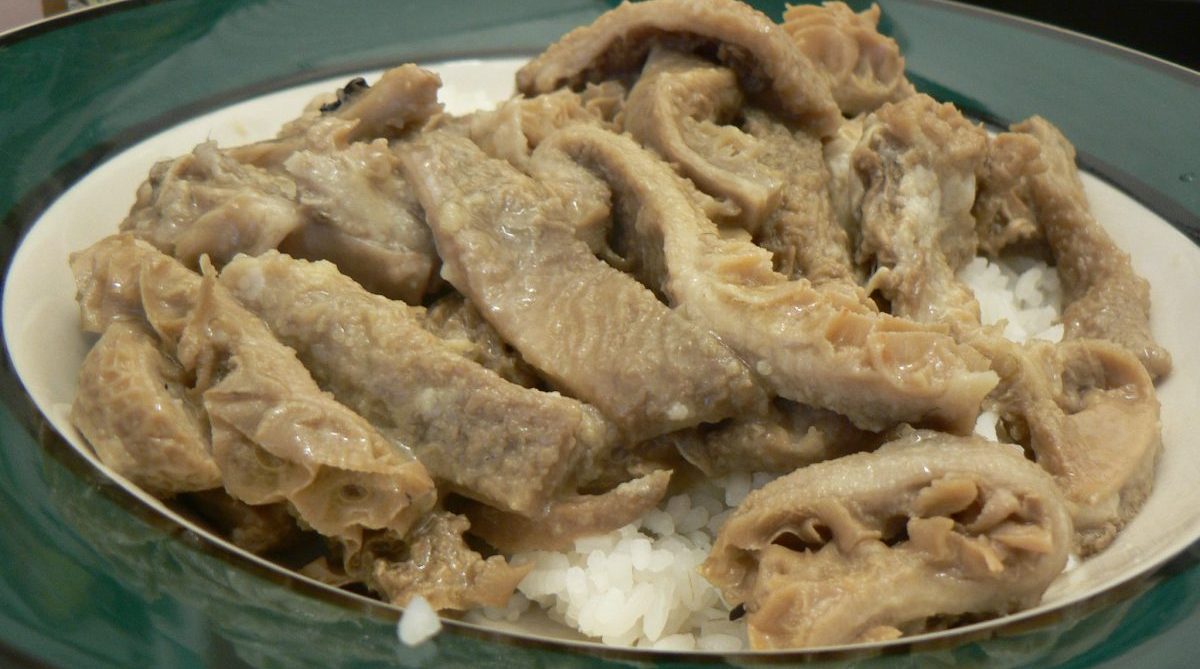
Tripe, also known as stomach lining, is a type of edible meat found in the stomachs of farm animals. Because of how tough this meat is, it’s almost always boiled or stewed to get its texture chewier for eating. It’s also typically added into soups, stews, and sausages. It’s a popular dish in many countries served with a sauce to add flavour or simply with an accompaniment like onions.
Blood Sausage
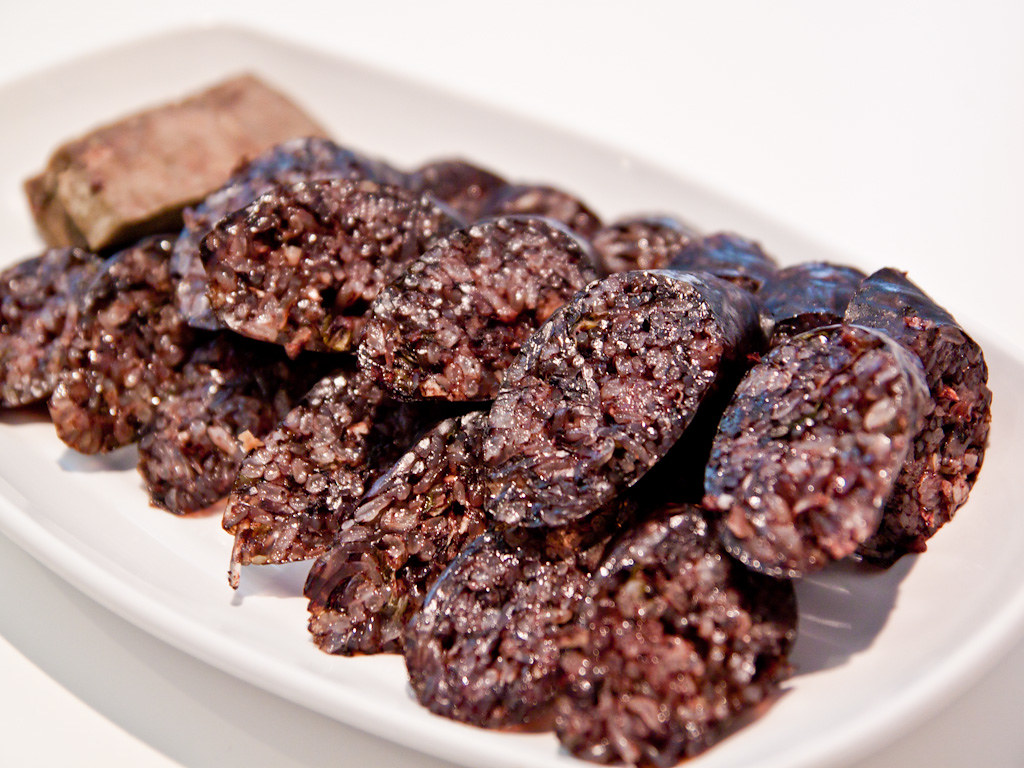
Blood sausage is made from various meats, mixed with fresh blood, and then cooked. It has a dark color and a distinctive taste that varies by region. In the UK and Ireland, blood sausage is referred to as black pudding. This dish contains a high concentration of oatmeal mixed with pig’s blood. Black pudding can be eaten boiled, fried or grilled, and it’s actually part of a traditional full English breakfast.
Hákarl
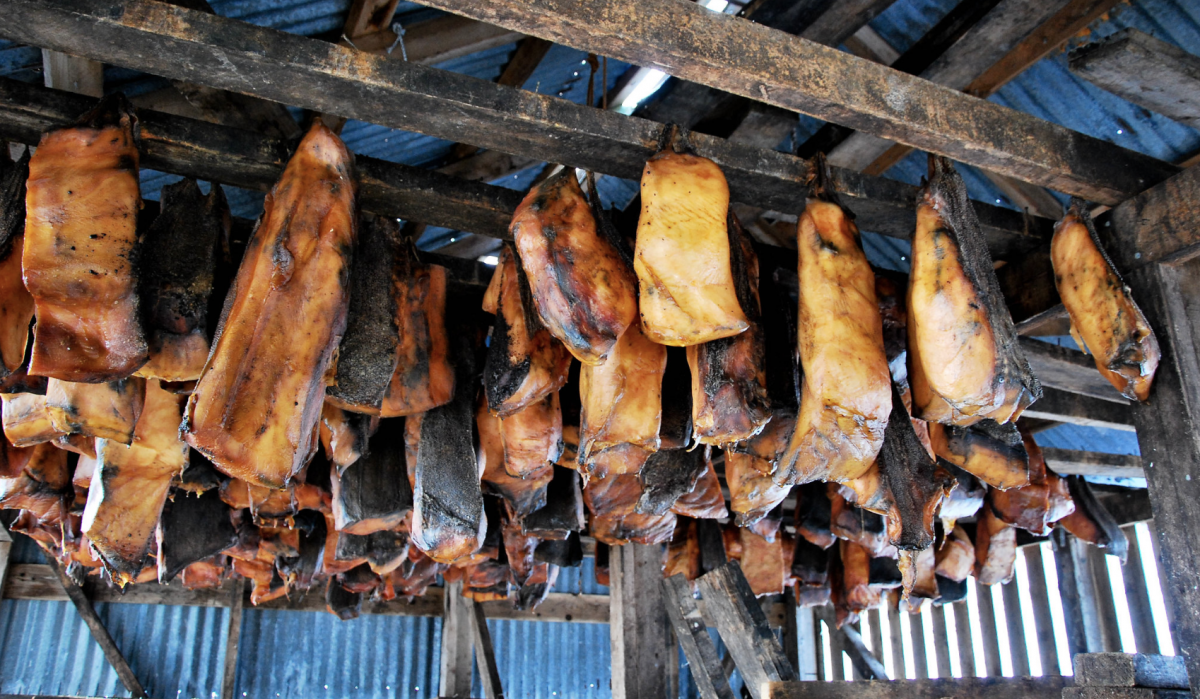
Hákarl is a traditional Icelandic delicacy made from the flesh of Greenland or basking sharks that has been fermented for several months in order to remove potentially poisonous toxins. The next step is to hang the salted fish in the sun to dry and cure for a few months before it’s cut into long strips and served. With a smell that’s described as “ammonia-rich” and a strong “fishy flavour”, it was described by chef Anthony Bourdain as “the single worst, most disgusting and terrible tasting thing” he’d ever tried.
Century Eggs
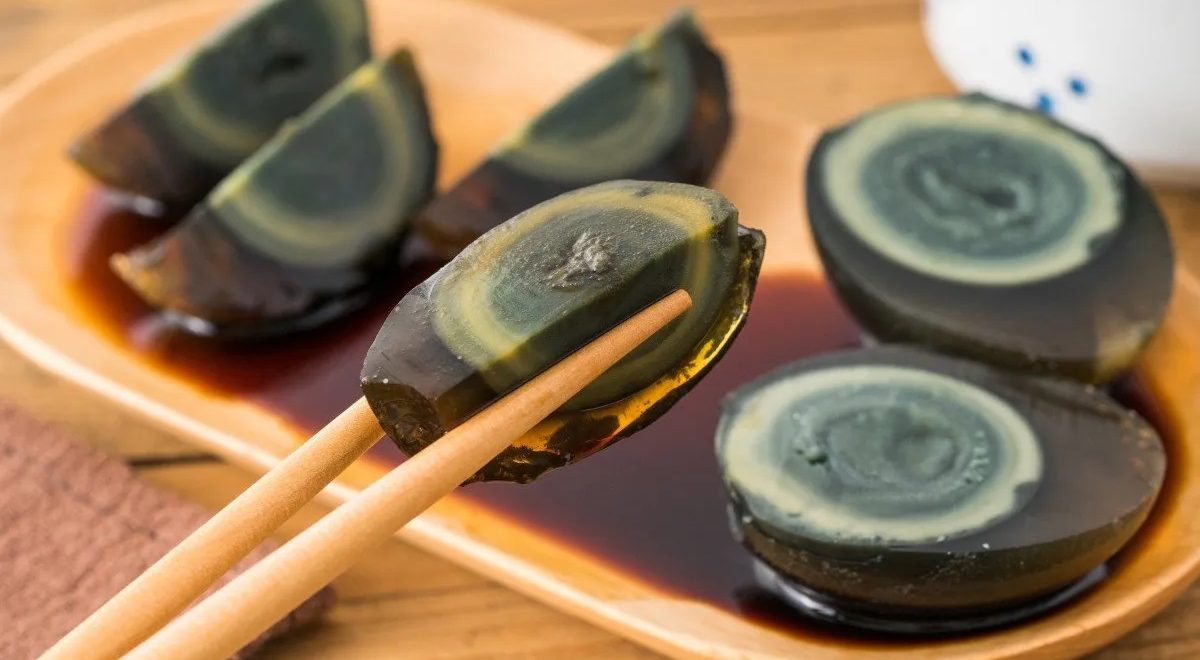
Century eggs, also known as thousand-year eggs, are a Chinese delicacy that visitors to China should try. They’re made by preserving duck, chicken, or quail eggs in a mixture of clay, ash, quicklime and salt for several weeks or months. The eggs have a blackish-green outer shell and a soft texture on the inside. They are often eaten with rice or congee. Some people say they have a slightly sulfurous taste. When you bite into them, each part of the egg will have a different flavor.
Wasp Crackers

Wasp crackers, also called Jibachi Senbei, are a classic Japanese snack. The crackers themselves are crunchy and salty, filled with digger wasps and flavored with soy sauce, sesame seeds and sugar. Old wasp-hunting families set traps near the fields to catch wasps. They boil them and dry them, then add them to a mixture of rice and wheat crackers. Then they stamp out a round shape using an iron mold. While they may not sound like the most appetizing thing in the world at first, these salty crackers have a surprisingly spongy texture that’s similar to bread sticks.
Stink Bugs

Stinkbugs, often eaten in parts of Africa like Cameroon, are said to have a crunchy texture and taste somewhat like apples when boiled. But don’t let their unpleasant name fool you—they’re not that smelly and definitely not dangerous. When you boil them, the stinkbugs release pheromones that sting the eyes in a last-ditch attempt to survive; and while it hurts, it doesn’t work any better for bugs than it does for onions.
Casu Marzu
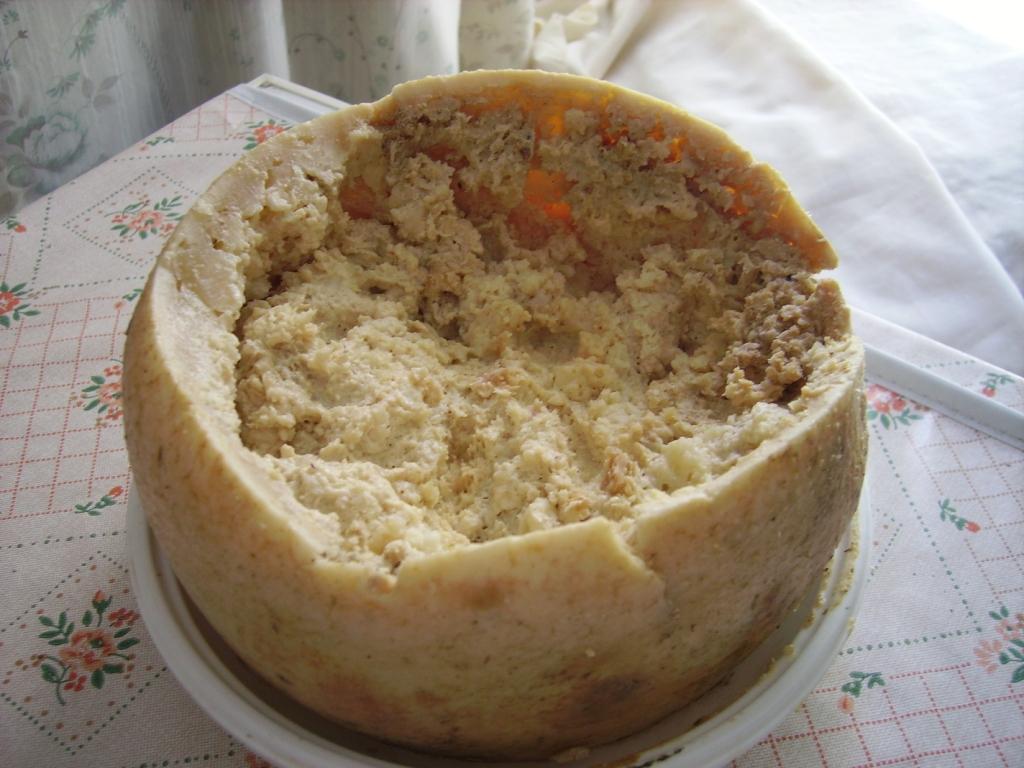
Sardinia is an island in the Mediterranean Sea, just off the Italian coast. It’s known for its cuisine, and one of the most famous Sardinian dishes is casu marzu, unripe cheese that’s riddled with live maggots. The maggots make the cheese pungent and strong-tasting, and some people even say that it’s an acquired taste. Apparently, these little creatures are supposed to enhance the flavour, but are prone to jumping when they panic, so watch your eyes! Another fun fact about this cheese is that it’s illegal to consume in the EU and has now become a sought-after delicacy on the black market for brave foodies.
Sannakji
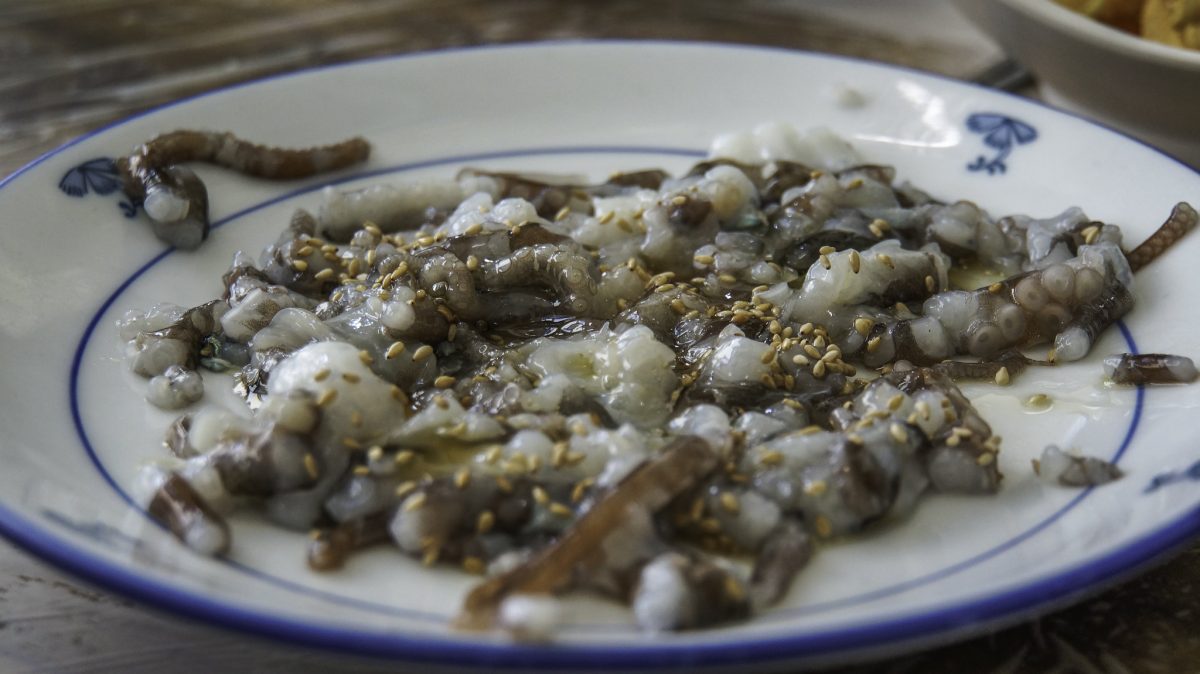
Korea is famous for its unusual culinary customs. One bizarre dish is sannakji, which means live octopus and consists of chopped pieces of octopus served in a spicy sauce. The octopus is cut into small pieces, served immediately, and eaten while still wriggling on the plate. It’s said to taste like a combination of chicken and shrimp, but if you’re not careful, the suction cups can stick to your throat and choke you. If you’re looking for sannakji, you can often find it at fish markets, but it’s also served at several restaurants.
Balut
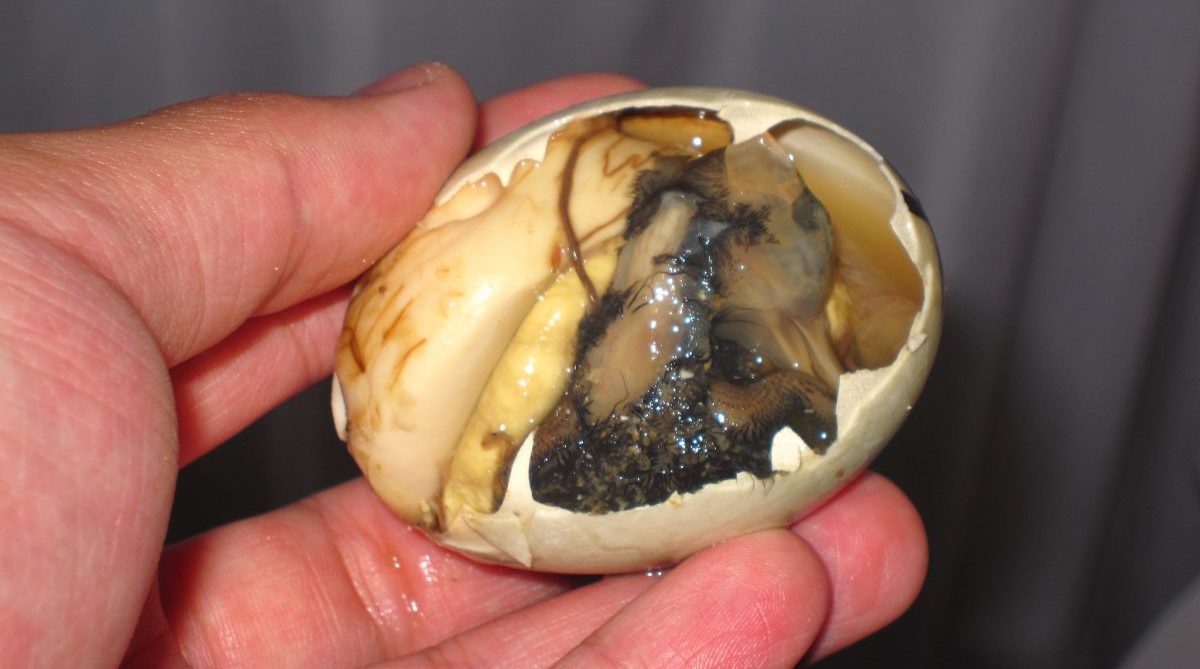
Balut is a Filipino delicacy that’s prepared by placing a fertilized duck egg in hot water and then incubating it for 14-21 days. The resulting egg has a partially developed duck embryo inside, and the dish is often eaten with salt or vinegar. Some people find the idea of eating partially developed duck embryos hard to stomach, but balut is considered a delicacy in many parts of the world. If you’re ever in the Philippines, you should try balut at least once.
Lutefisk
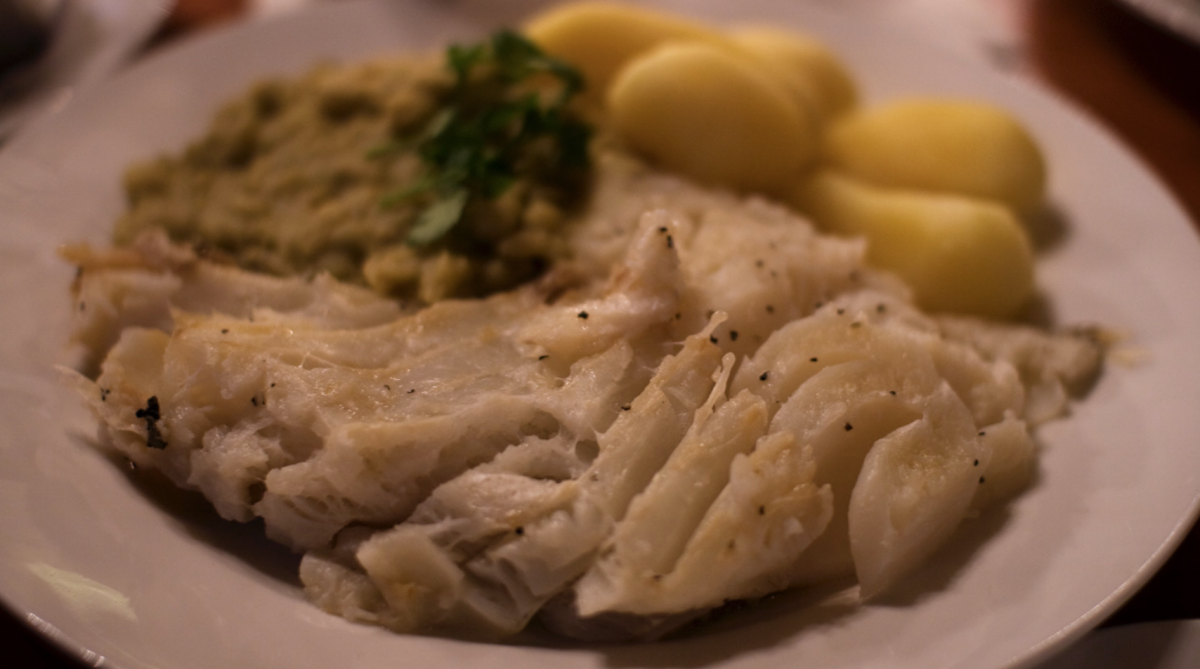
Lutefisk is a traditional Norwegian dish made from dried cod that has been soaked in lye. The fish is then boiled or baked, and it is often served with potatoes and cream. Some people find the taste of lutefisk to be off-putting because of its strong fishy flavor. This famous dish has also migrated to the United States, where it is most commonly found in the Norwegian heritage states of Minnesota and Wisconsin.
Silkworms
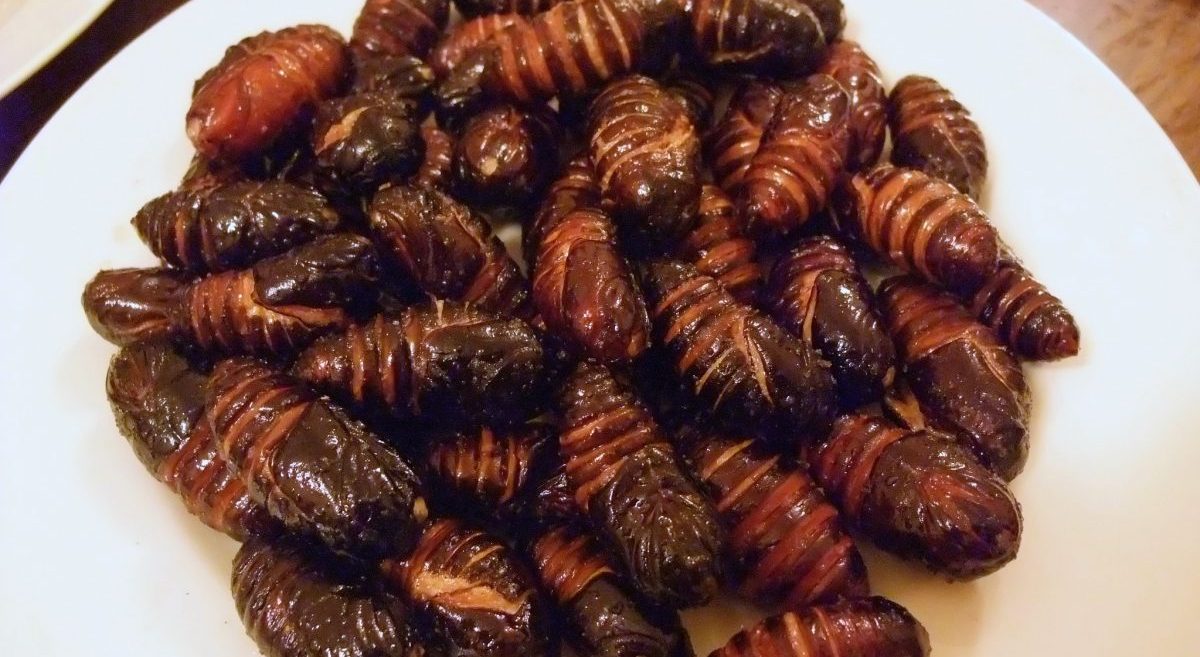
The word “silkworm” is misleading since they are not actually worms at all—they are the larval stage of a moth. Today, when you’re eating silkworm, you’re likely eating the male silkworms after they have helped to create the silk-making process. Traditionally, people eat them by battering them lightly in a tempura batter. They are then lightly fried, allowing the batter to become golden brown and crisp. The silkworms roast in their own juices for a while and are then served, with sweet and sour sauce over rice.
Blood soup
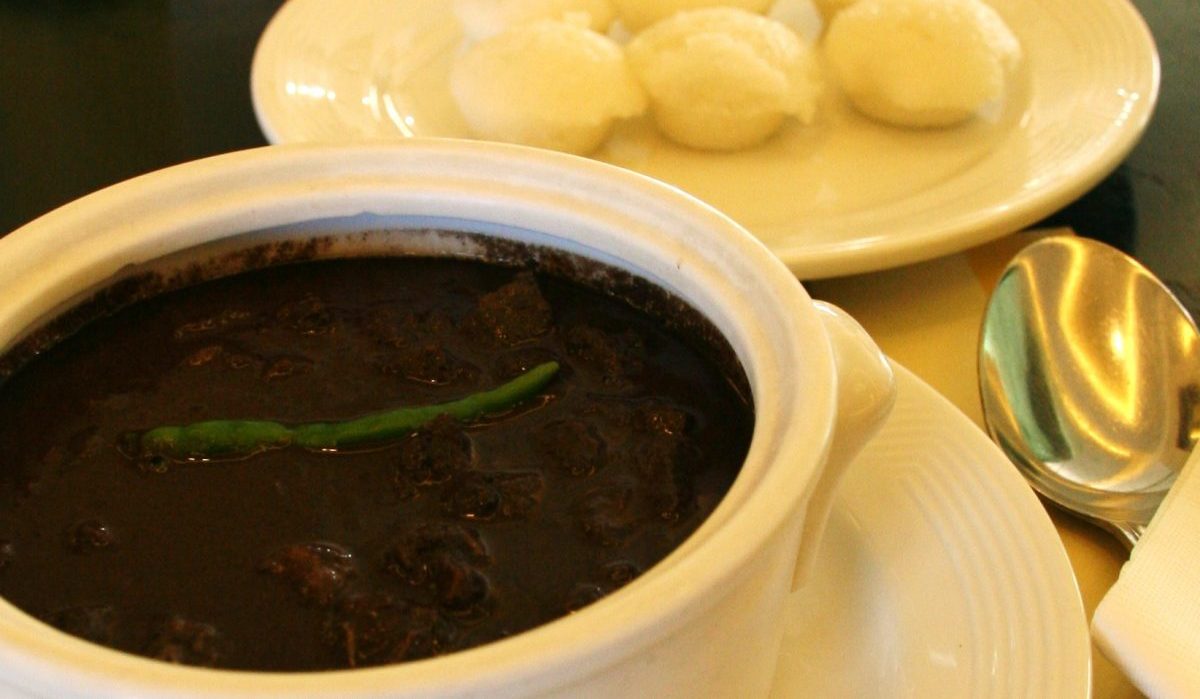
Making blood soup is pretty difficult. It requires some time, effort, and patience. First, you must get your hands on a sheep or goat. Then, you’ll need to slit its throat and drain its blood into a container until it’s full. Once that’s done, add some salt and pepper before mixing everything together to a sludge-like consistency. Dig in once the dip has had a chance to fully cool. Serve it with crusty bread for dipping or as an appetizer or main course; just make sure everyone knows what they’re in for before diving in.
Cockroach milk
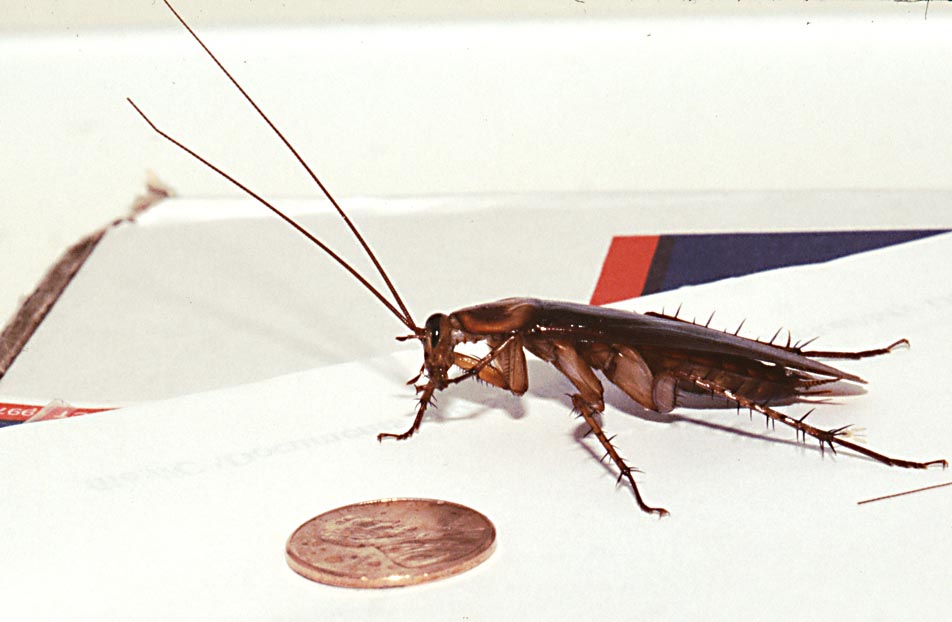
Despite the fact that most cockroaches don’t produce milk, one type of cockroach does—the Diploptera punctate. This particular species pumps out a sort of ‘milk’ containing protein crystals to feed its young. It’s been discovered that cockroach milk has up to three times the energy content of cow milk. It’s also high in proteins, fats, and carbohydrates; one of the only known milk alternatives to have all nine amino acids. Since this revelation, the unusual beverage has been embraced by health conscious consumers.
Basashi
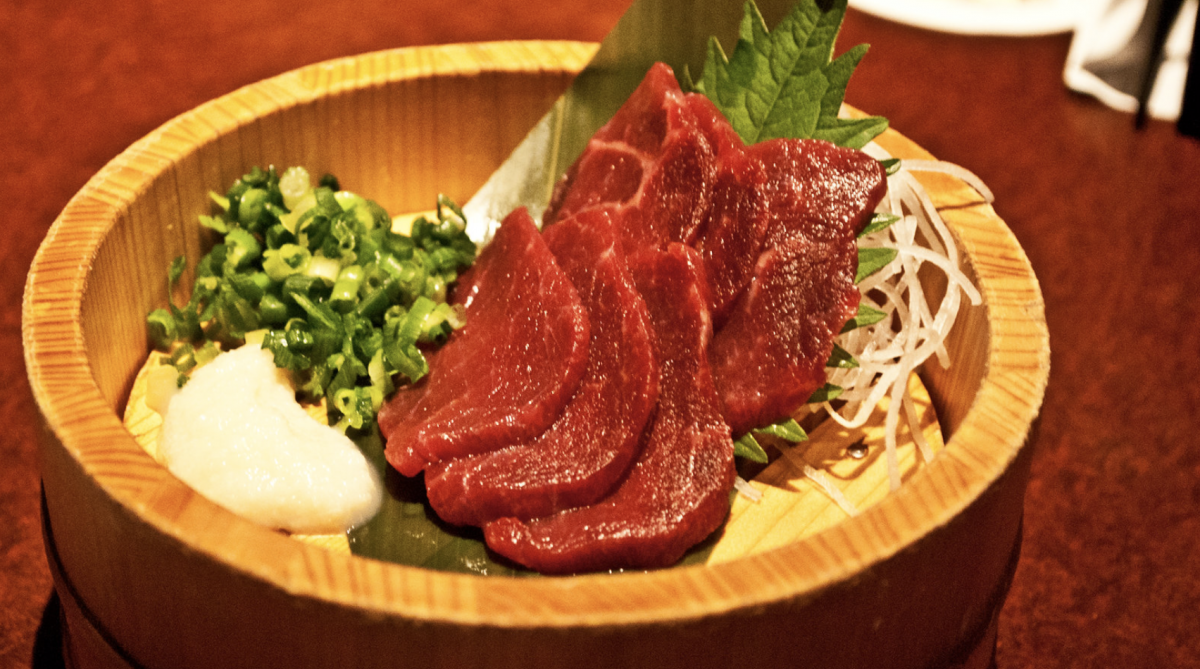
This dish from the Kumamoto region of Japan is made from raw horse meat – a far cry from sushi! It may sound strange, but if you give it a try, you’re sure to be won over by the meat’s tender texture and rich flavour. Just like sashimi (raw fish) and raw beef in Eastern Asia, raw horse meat is often served on a “bed” of leaves, with soy sauce to dip it in. As a complement to the dish, why not order a bottle of sake?
Kiviak
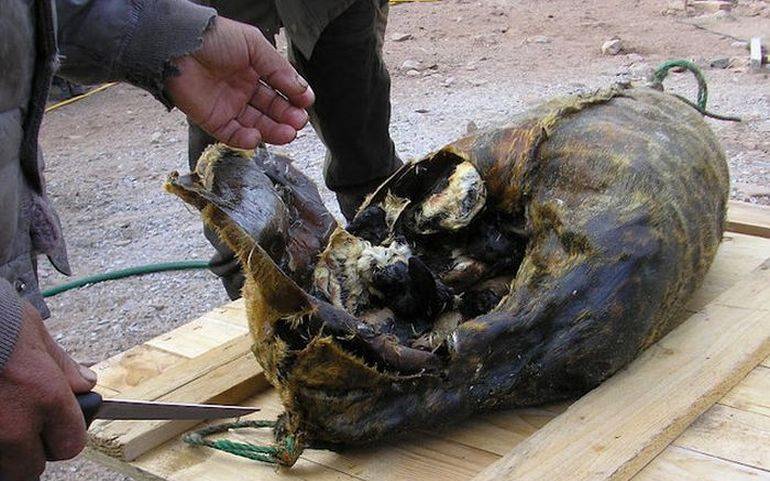
Kiviak is a traditional Greenlandic dish made of hundreds of dead auks stuffed into a dead seal, which has been sealed up to be completely airtight. The seal is then covered in oil to prevent flies and maggots from being attracted and fermented for three months. The pungent, toxic-smelling flesh of the fish definitely isn’t for the fainthearted! It reportedly tastes like very mature cheese or liquorice and is often eaten over the winter months when it is harder to catch food. It’s especially popular on special occasions such as Christmas or birthdays.
Surströmming
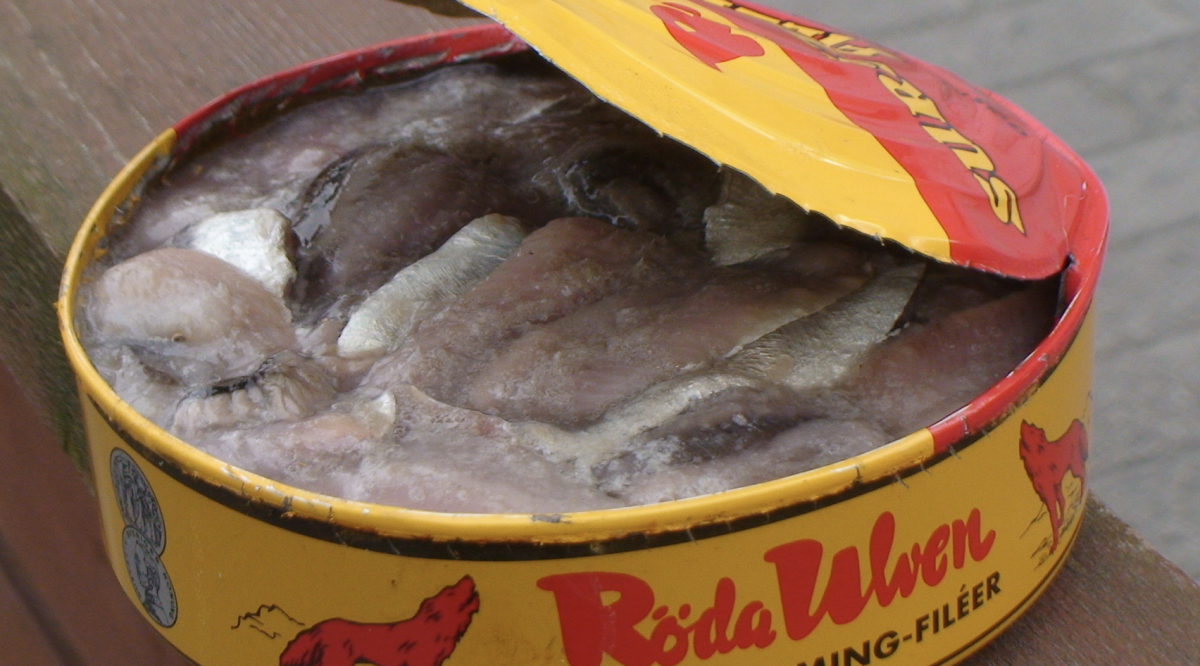
Surströmming is a delicacy in Sweden, but it’s also known as the smelliest food in the world. This fermented fish stinks so much; it has been banned from airplanes. The herring is caught in spring before they spawn and are fermented in barrels for 1 to 2 months before being canned. The fermentation continues in the can for several months. Swedes usually eat Surströmming with thin flatbreads and oat breads, though some prefer thin rye bread. It reportedly has a very sour, sharp, peppery taste with a salty baseline of flavor. Most people say the dish tastes awful! This is a dish for only the bravest eaters.
Cuy
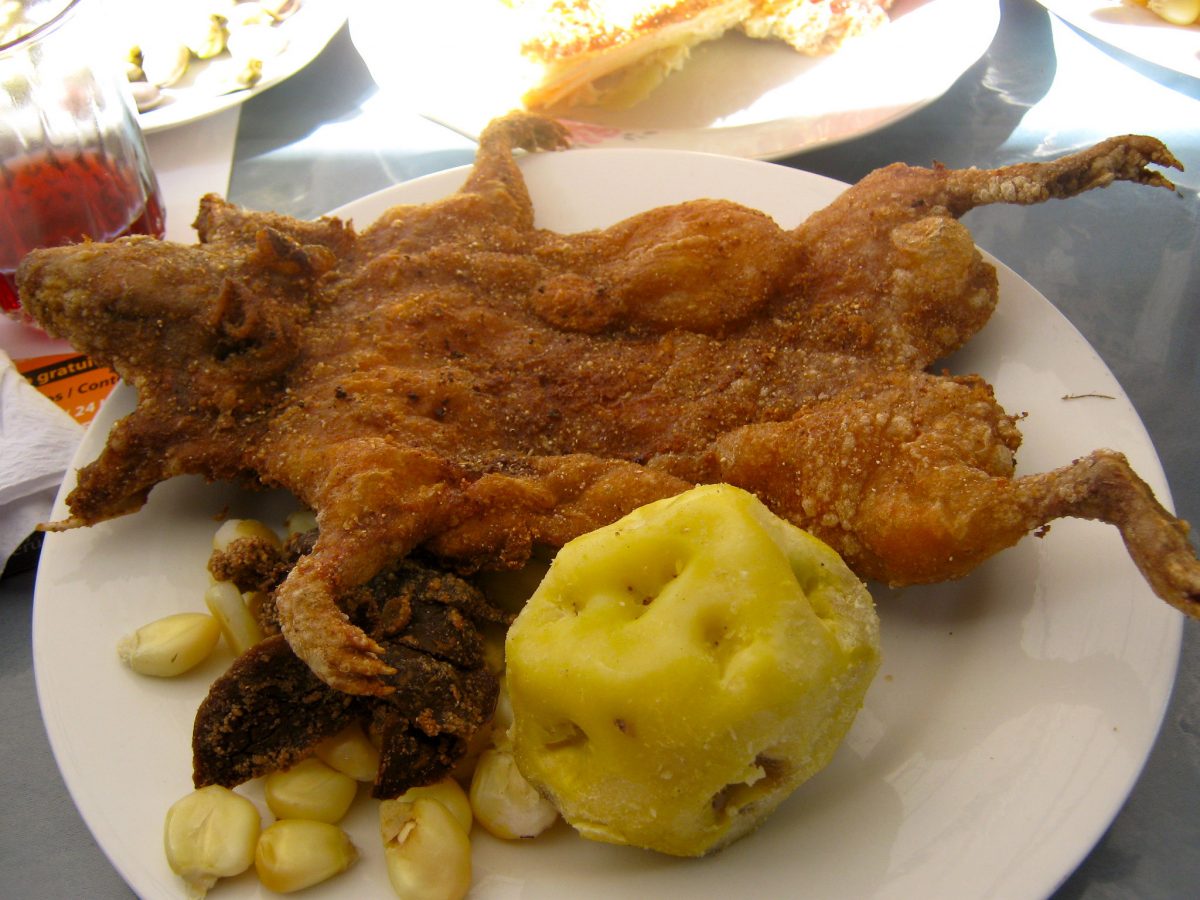
If you’re traveling to Peru, Bolivia, or Ecuador, you may be wondering about how to prepare cuy – a type of guinea pig commonly eaten in these countries. It may not be the most conventional dish, but many say it tastes like chicken. Tourists often seek out cuy when travelling, as it has gained a reputation as a must-try dish among visitors. Consequently, restaurants and street vendors will serve it to tourists all year round despite its being considered a special occasion food. If you’re looking for something different to eat during your travels, cuy is definitely worth trying.
Stuffed moose heart

Canada is known for its wildlife, and one of its most popular dishes, the moose heart, uses its native animal. Much like other dishes that feature offal or unusual cuts of meat, this dish uses every part of the animal. Once the moose heart is removed, it is cleaned, trimmed, and stuffed with garlic, celery, onion, sage, and herbs. It is then roasted to serve sliced up as a meal.
Fruit bat soup
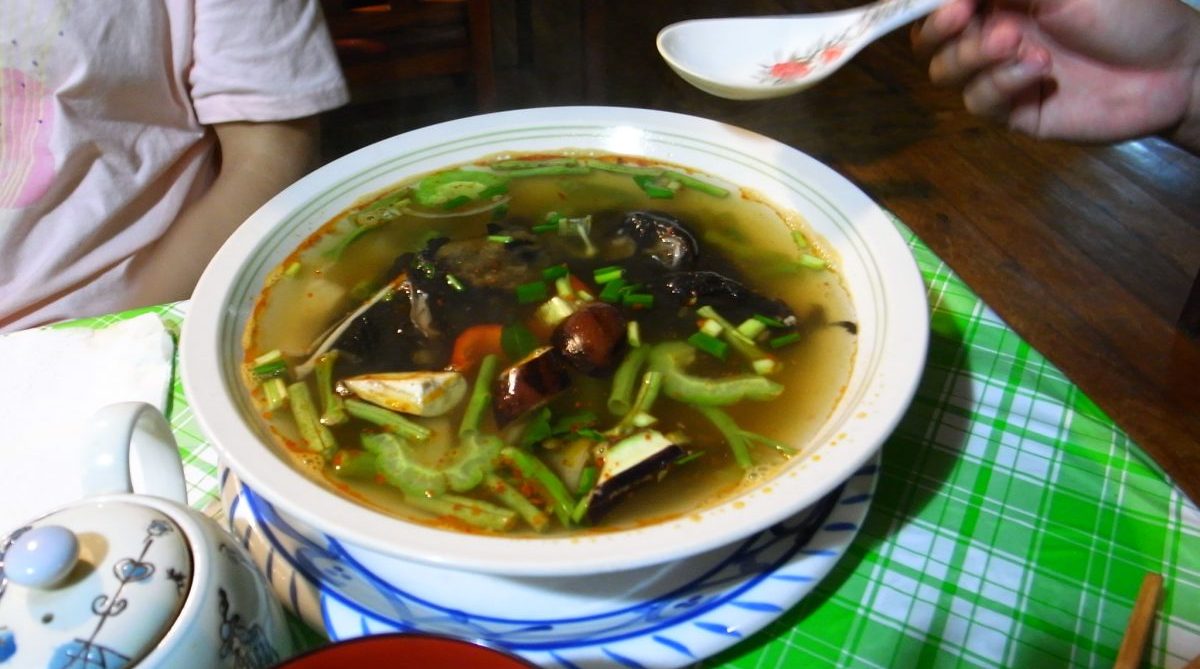
Fruit bat soup was once a staple of the Pacific island of Palau’s diet, but it is now considered more of a delicacy. Fruit bats are a great source of protein, so this dish was very useful for Palauans to cook. Fruit bats are also known as flying foxes, due to their resemblance to foxes and their diet of fruit, as opposed to most bats who feed on insects. There are mixed reviews about the taste of fruit bat soup with some very passionate advocates whereas others who are slightly underwhelmed by the flavor.
Coconut worms
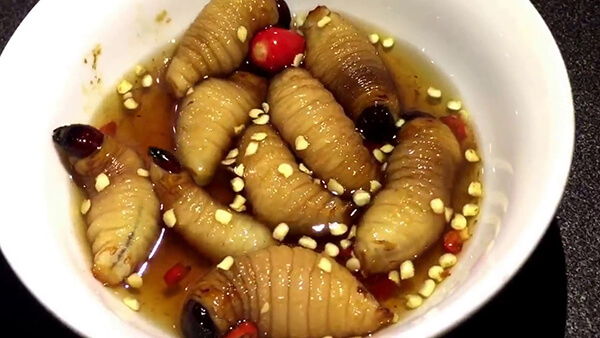
Coconut worms are a type of snout beetle at their larvae stage, known as Duong Dua in Vietnamese. They’re generally sweet in taste and about 3-5 cm long. In the Southwest region of Vietnam, you can find coconut worms in a variety of dishes, including grilled and pickled. These big worms might look intimidating at first glance, but they can also be quite tasty!
Pigeon
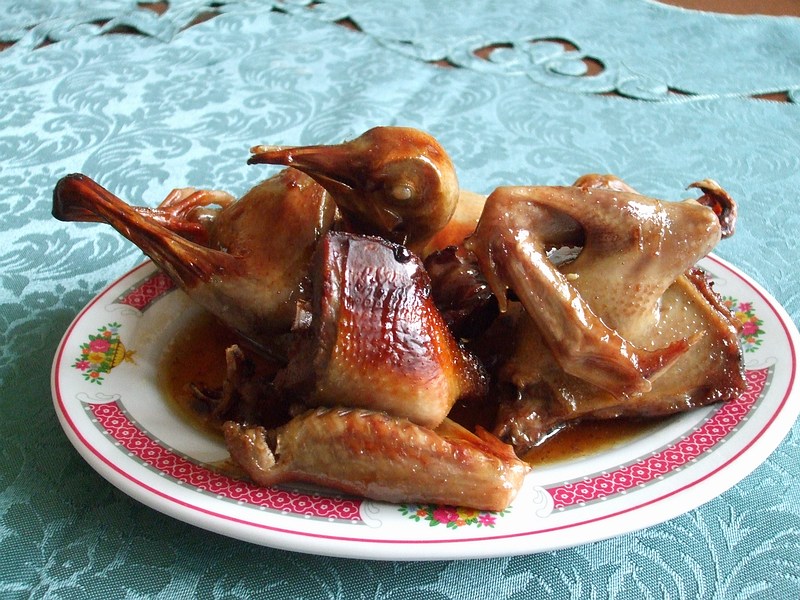
Many weird foods come out of Western Europe. One of them is pigeon, which is considered a delicacy in France. Pigeon was first eaten during the Middle Ages and has been enjoyed by French people ever since. Pigeons can also be found at many dinner tables in Britain and Ireland during the autumn, when they are hunted for their meat.
Snake Blood
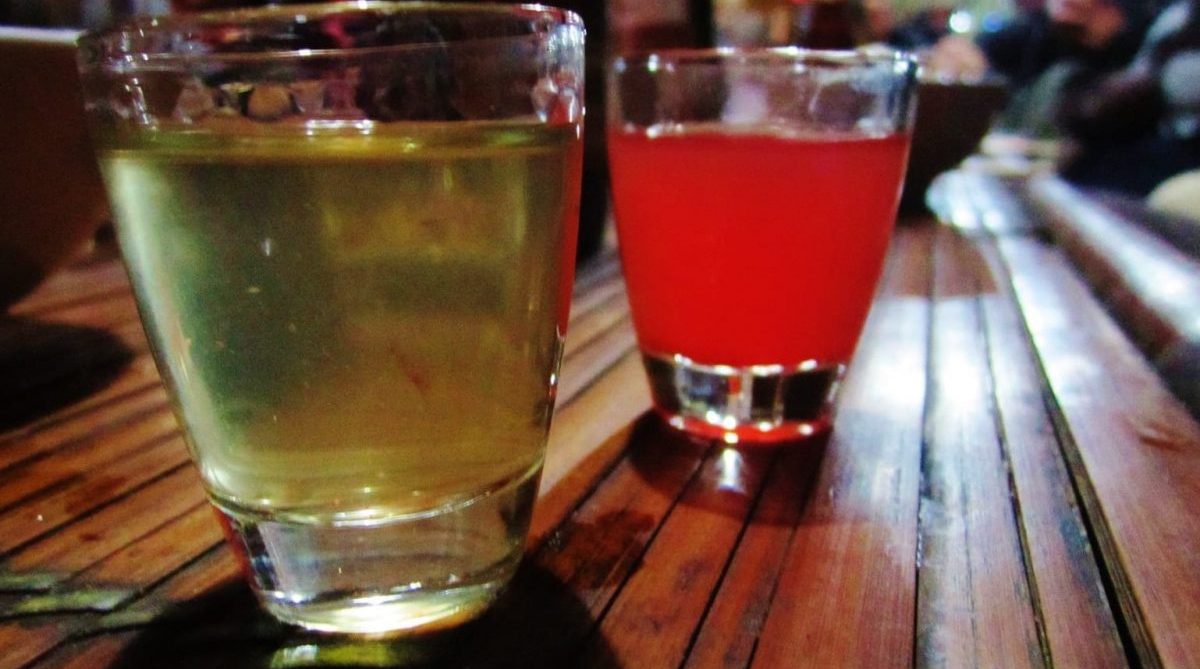
A common drink in Vietnam, snake blood can be found in many restaurants throughout the country. Regardless of whether you’re in Hanoi or Ho Chi Minh City; either place is likely to have a restaurant with a broad selection of snake dishes. Traditionally, you choose the snake to be killed and drink two shots – one with the blood and the other with the bile.
Fried Rattlesnake

A popular dish in the Southwestern United States, fried rattlesnake is said to taste like frogs’ legs. To prepare them, boil the meat off the bones before dipping in egg and covering in seasoned salt mix, flour, and breadcrumbs. Deep fat fry and enjoy!
Cobra Heart
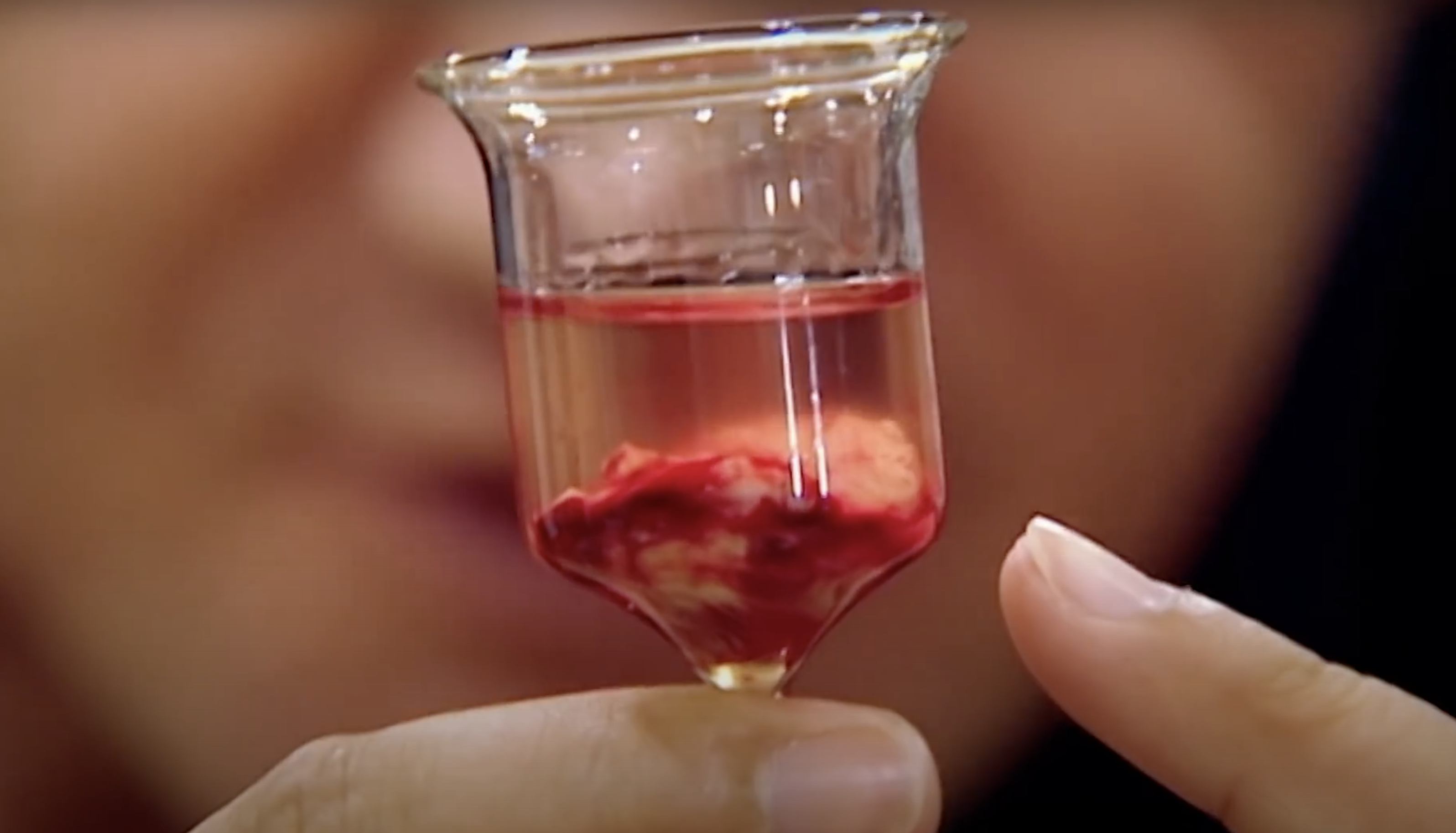
If you’re up for an adventure, try eating cobra heart in Vietnam. The taste is unlike anything else, and the dish is said to have medicinal properties that can boost your longevity. The cobra is slit open in front of you, and they serve you a shot glass of blood with the heart still beating in it. You drink while it’s still pumping. Tempted?
Kopi Luwak
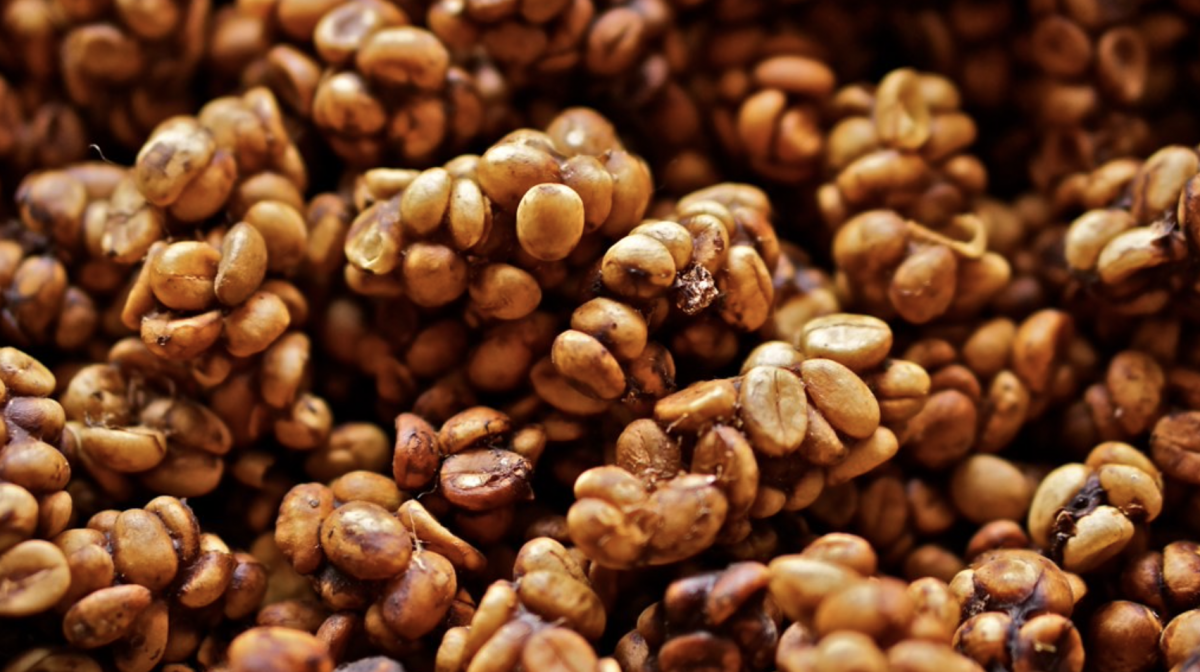
Kopi Luwak is a gourmet coffee made from the excrement of an Indonesian cat-like creature called the Luwak. The Luwak eats only the ripest coffee cherries, but its stomach can’t digest the beans inside them. The coffee that results from this process is said to be like no other—its special aroma comes from the fact that coffee beans spend time in the animal’s stomach! To try this gourmet coffee, you’ll need to be ready to spend between $120 and $300 per pound.
Fried Tarantulas
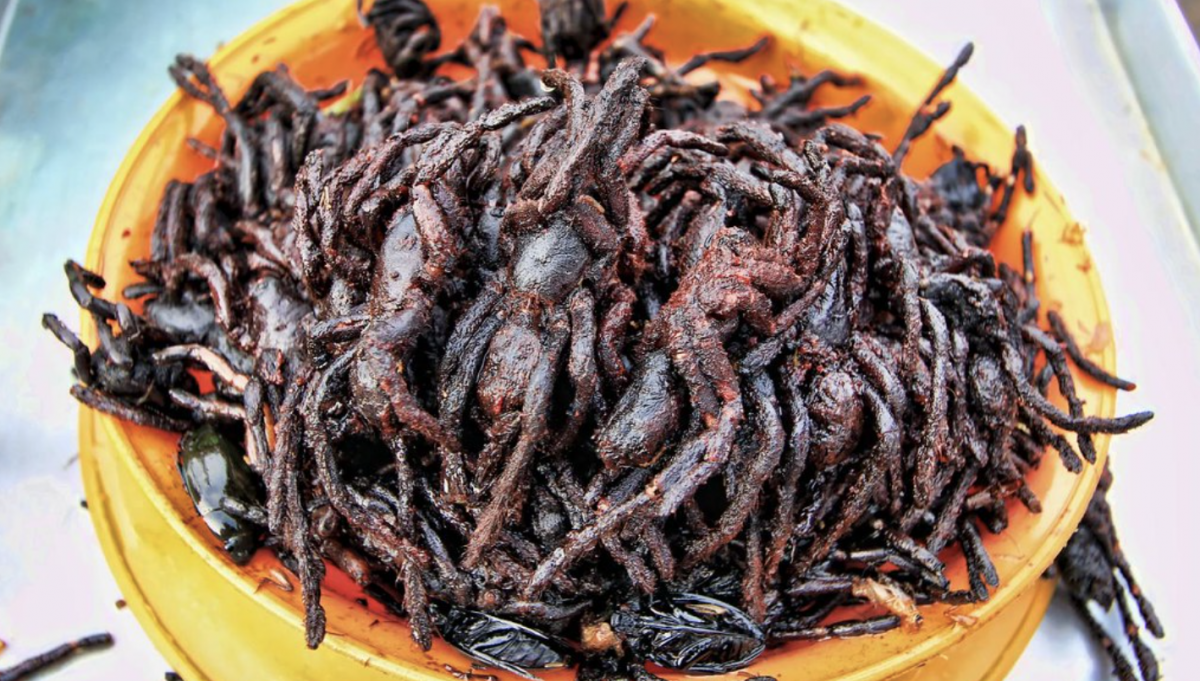
One of the most popular street foods in Cambodia is deep-fried tarantulas. The spiders are dipped in oil and served with a dipping sauce, so it’s not unusual for them to taste like chicken. Cambodians discovered that the grubs of these insects were edible in the days of the Khmer Rouge. Nowadays, tourists travel from afar to sample them. If you’re brave enough to try them, be sure to remove the fangs and venom glands first!
Hormigas Culonas Big Butt Ants
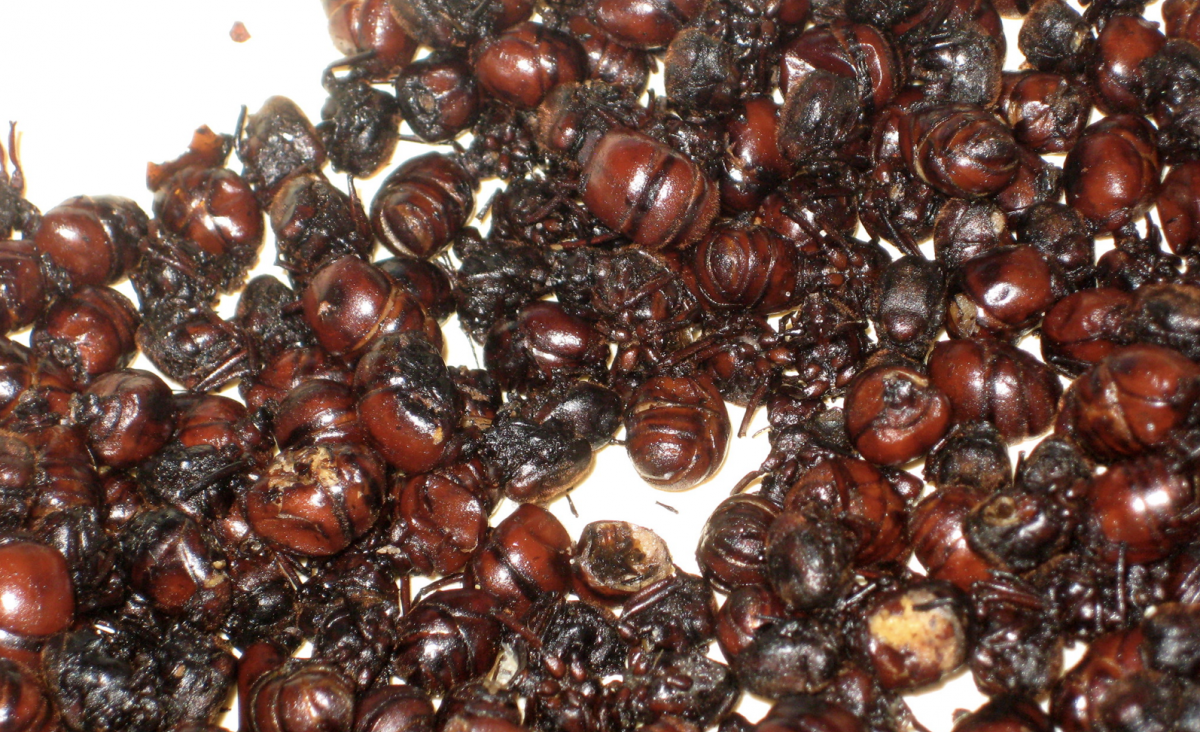
You’ll have a hard time trying to find this dish outside of Colombia, making it a true treat to taste while traveling. People in Colombia eat fat-bottomed ants, known as Hormiga Culona. They are either roasted or fried, and eaten like peanuts. People enjoy eating Hormiga Culona for their nutritious value and aphrodisiac properties. They taste smoky, crunchy, and delicious! Some restaurants serve ants as part of a dish, and street vendors sell them as snacks.
Muktuk
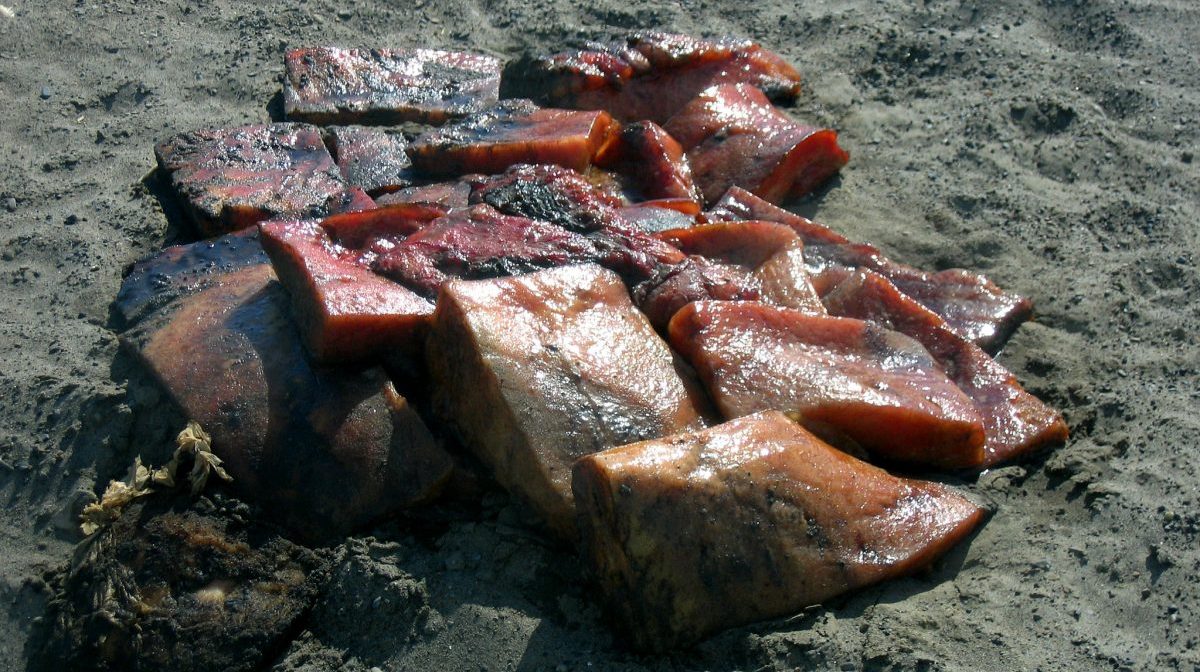
When you visit Greenland, be sure to try muktuk! Muktuk is a traditional Inuit and Chukchi dish made from the skin and blubber of whales, most often bowhead whale. It is cut into chunks and served raw but can also be pickled or deep-fried before serving with soy sauce. The appearance of muktuk depends on the type of whale from which it is harvested. Muktuk made from white whales may look like a black cap of skin with soft, pinkish-white blubber, or layers of gray, white, and pink.
Moose nose

Moose nose is a traditional Canadian dish made from the nose of a moose. The nose is slow-cooked in a pressure cooker or crockpot until it’s tender, then served with gravy. Some people say it tastes like beef, but others find it too gamey. Moose nose is considered a delicacy in many parts of Canada, and it’s often served on special occasions. If you’re ever in Canada and have a chance to try moose nose, you should definitely do it. It might just be the best thing you’ve ever eaten!